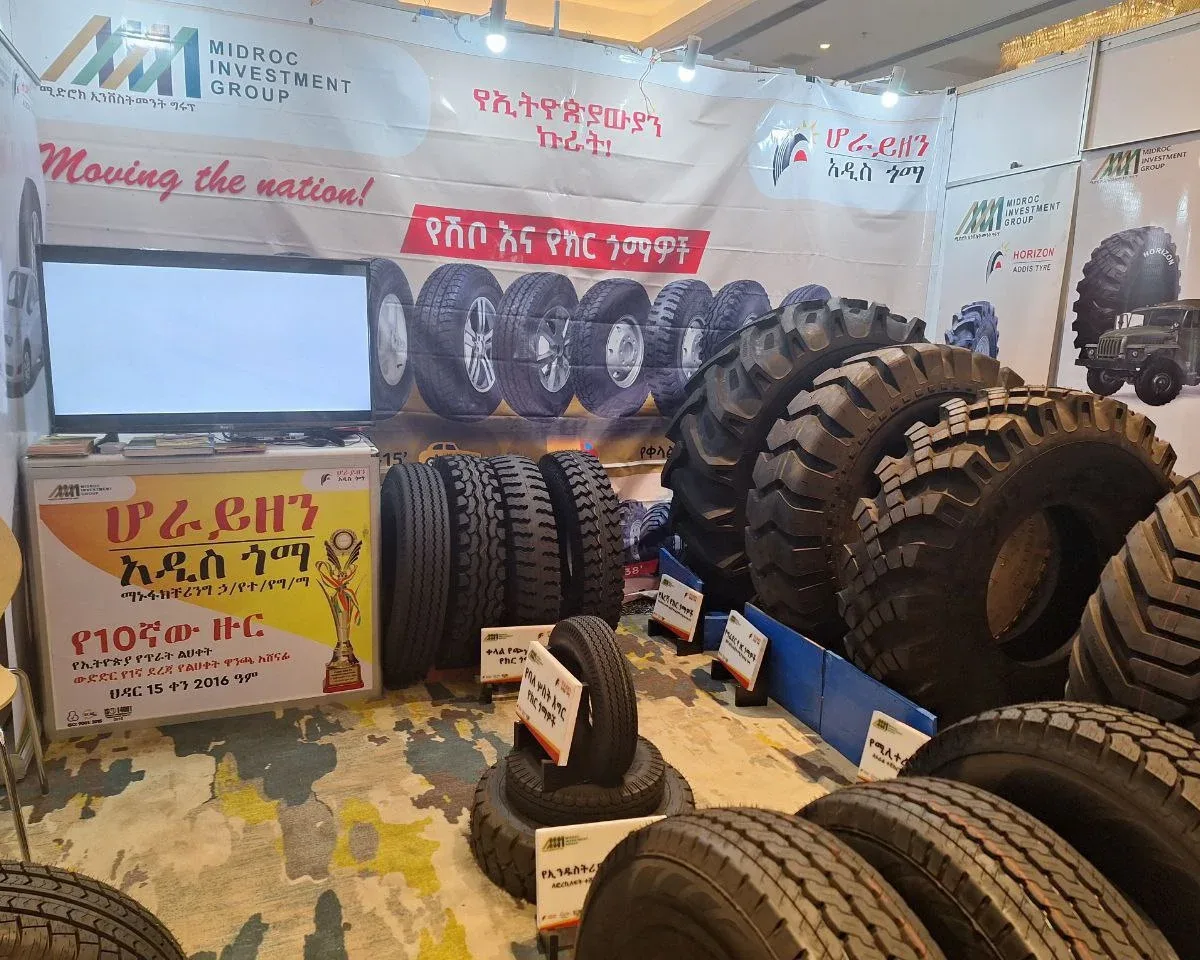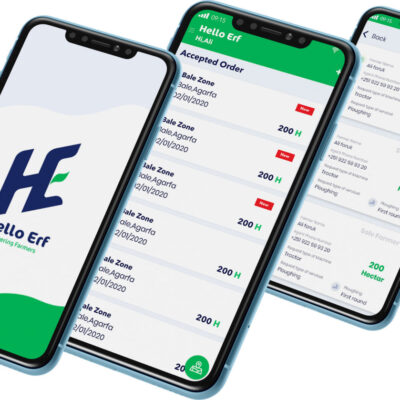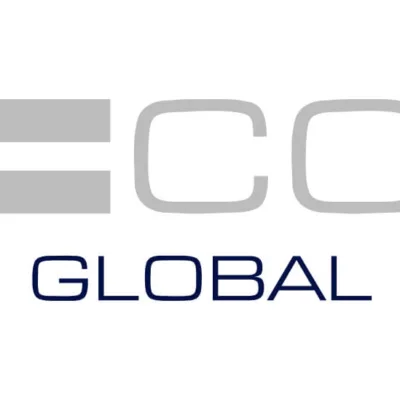A landmark production technique developed by the Bio and Emerging Institute looks to cut tire manufacturing costs by half through replacing essential imported inputs with local alternatives. The state-owned enterprise has developed a method to replace nanosilica, an inorganic compound with wide-scope applications in industrial production, with derivatives from local acid manufacturers.
While the compound is commonly applied in the medical industry as a drug carrier and as a source of bioavailable silicon in agriculture, its use as a polymer filler has made it a critical input in the tire production industry.
Wondimagegn Mamo (PhD), Head of the Nanotechnology Directorate at the Institute, expects intense utilization of Ethiopia’s silica sand deposits to accelerate the growth of the tire manufacturing industry. He also noted the potential source from the outputs of local sulfate factories as an undervalued source of nanosilica deposits.
“We are at an ideal point to begin mass production of the material,” he told Shega.
The director pointed out the competitive advantages of locally producing nanosilca through its significant cost-cutting benefits. It is used in concentrations ranging from 5pc to 20 of the total weight of the rubber compound with source materials like silica and silicon tetrachloride.
“A single kilogram might cost up to five dollars,” Wondemagegn says. “It all depends on purity.”
According to the Nanotechnology Director, utilizing silica sourced from factory derivatives reduces the cost by 50 percent.
Industry insiders from one of the largest tire manufacturers in the country express a sense of relief over the possible availability of local nanosilica.
Yitayal Worqneh, Head of Compounding Technology at Horizon Addis Tyre Manufacturing, foresees fully substituting the imported input in the long run. He estimates a complete replacement of the 30 tons used by the MIDROC subsidiary annually if everything goes according to plan.
“A few road tests and purification is what remains,” Yitayal told Shega.
He says the prototype has already been developed following in-house laboratory tests, with specialized testing on specific terrain scheduled in the short term.
The company, which primarily relies on silica imports from India, can produce more than one million tires annually. Relief from foreign currency pressures is crucial for Horizon, which was forced to stop production four years ago due to a lack of foreign currency to import raw materials.
Yitayal points out that nearly 100 critical raw materials, including rubber, fillers, plasticizers, cords, and vulcanizing agents’ process retarders, are needed for full production.
“Each item has its own particular purpose,” he says.
Different grades of quality exist for the silica raw material, priced from 135 birr per kg all the way up to 185 birr. At full capacity, the importation of silica alone costs Horizon around 8 million birr annually.
According to a 2023 paper by the United Nations Development Programme (UNDP), foreign currency shortage is one of the most commonly cited challenges expressed by local manufacturers.
A sentiment echoed by the developers of the compound at the Institute.
Wondmagegn is hopeful that the intricacies of producing nanosilica from factory waste will be overcome in the near term, quenching a significant thirst for forex.







